If mealtime feels like a war zone, these 20 tricks might just save your sanity. Parenting picky eaters is a universal challenge, and finding strategies that work without turning every meal into a battle is key.
Here, we’ll explore creative and supportive ways to encourage your little ones to expand their food horizons while making mealtime more enjoyable for everyone.
1. The “No Thank You Bite” Rule

Encouraging a child to try just one bite can be a game-changer. The “No Thank You Bite” rule is a gentle way to introduce new foods without pressure.
By simply asking children to take one bite before deciding if they like it, parents can help reduce anxiety around unfamiliar dishes. This technique empowers kids, giving them the autonomy to say ‘no thank you’ after their trial.
2. Serve Familiar Foods With New Ones
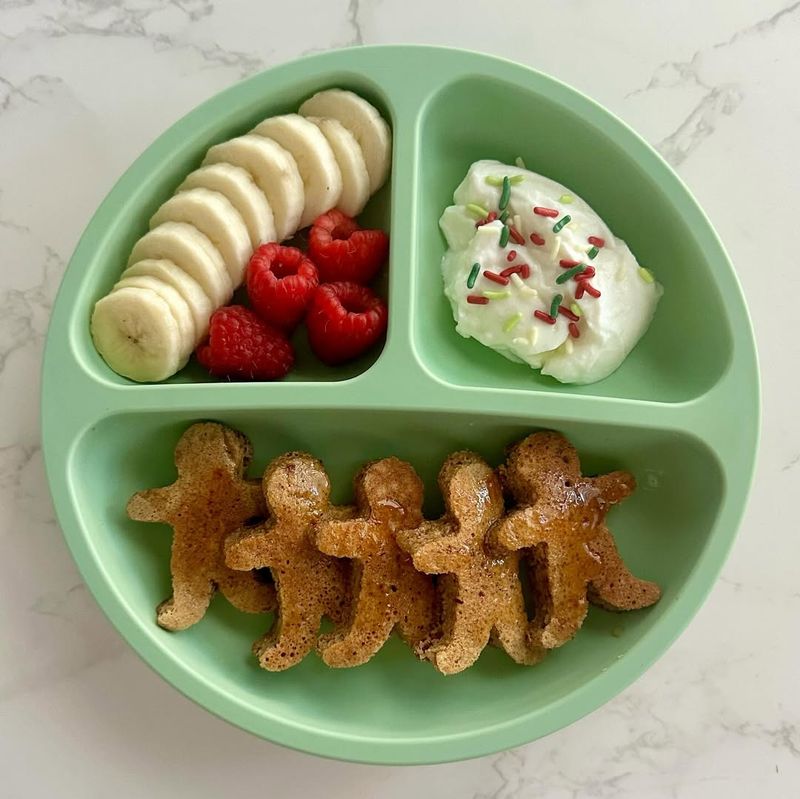
Pairing familiar foods with new ones can make a daunting plate more approachable. By placing a beloved item, like chicken nuggets, next to something new, like quinoa salad, on the plate, you create a sense of safety.
Kids are more likely to give new foods a chance when they see something they already love. This method reduces the intimidation factor and encourages exploration. It’s like giving them a safety net while they experiment with new flavors.
3. Let Them Pick One Dinner Ingredient

Giving children a choice in their meals can make them feel more involved and in control. Allowing them to pick one dinner ingredient fosters a sense of ownership over what they eat.
Whether it’s selecting a vegetable at the grocery store or choosing a pasta shape, this involvement can pique their interest in the meal. It’s a subtle way to motivate them to try what they’ve helped create.
4. Keep Portions Tiny (At First)
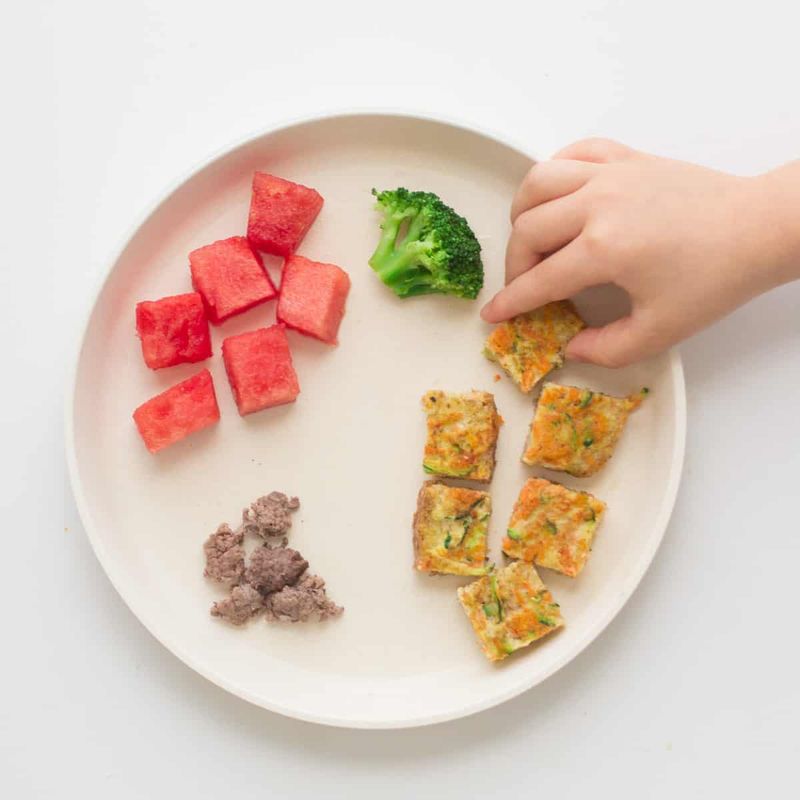
When it comes to trying new foods, less can indeed be more. Starting with tiny portions makes new foods less intimidating for children. A small pile of peas or a sliver of carrot can be much less overwhelming than a full serving.
This strategy reduces pressure and encourages kids to taste without the fear of having to consume a large amount. As they grow accustomed to the new taste, you can gradually increase portion sizes.
5. Family-Style Serving
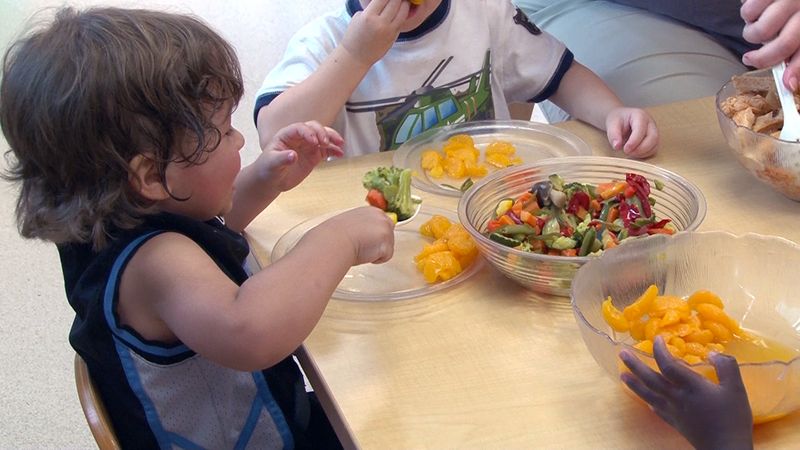
Family-style meals can transform the mealtime dynamic by giving kids a sense of independence. By allowing them to plate their own food, children feel more in control of what they eat.
This approach encourages them to try different foods at their own pace. It’s a chance for kids to experiment with combinations and quantities that they find appealing. The freedom to choose what ends up on their plate fosters a positive relationship with food.
6. Rebrand The Veggies

Sometimes, all it takes is a little creativity to make vegetables more appealing. By rebranding veggies with fun names like “dinosaur trees” for broccoli or “green candy” for peas, you can spark a child’s imagination.
This playful approach makes the idea of eating vegetables less daunting. It turns mealtime into a fun experience rather than a chore. When vegetables become part of a story or a game, kids are more likely to give them a try.
7. Blend It In

Sneaking extra nutrition into meals can be a stealthy way to ensure your child gets the nutrients they need. By blending fruits and vegetables into sauces, smoothies, or muffins, you can enhance the nutritional value of meals without a fight.
This approach works wonders for picky eaters who might resist visible veggies. It’s a subtle method that doesn’t compromise on taste, making it a win-win situation. Kids enjoy their favorite dishes, and parents are happy knowing they’re eating healthier.
8. Use A Dip

Kids love the interactive nature of dipping, which can make even the most skeptical eater more adventurous. Pairing new foods with a dip like hummus, yogurt, or ranch dressing provides familiar flavors that can ease the introduction of unfamiliar items.
The act of dipping is engaging and fun, encouraging kids to try different textures and tastes. This strategy not only makes eating more enjoyable but also adds an element of play to meals.
9. Make It A Game

Turning mealtime into a game can pique a child’s curiosity and willingness to try new foods. Creating taste tests or color-themed food challenges transforms eating into an exciting activity. Kids are natural competitors, and games tap into their adventurous spirit.
Whether it’s guessing flavors or trying foods of every color, the playful format reduces pressure and shifts the focus from eating to having fun. It’s an approach that makes meals interactive and engaging, leading to positive associations with food.
10. Repeat Exposure
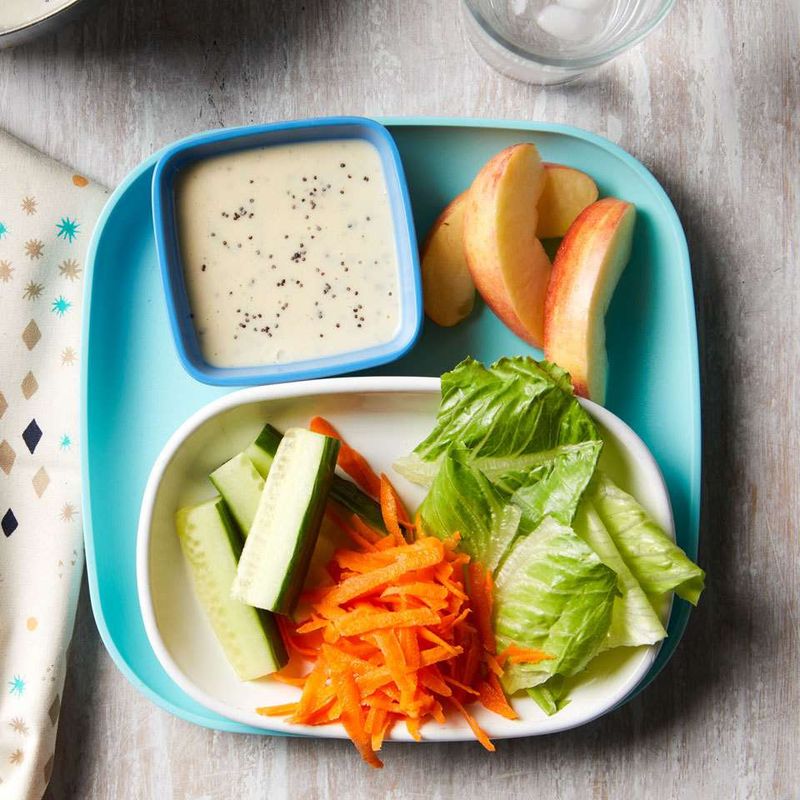
Patience is a virtue when it comes to expanding a child’s diet. It can take more than ten exposures for a child to accept a new food. Repeatedly offering a food, without pressure, builds familiarity.
Over time, what was once foreign becomes a regular part of their diet. This method emphasizes consistency and patience, allowing children to adjust at their own pace. It’s about creating a comfortable environment where new foods are welcomed without stress.
11. Let Them Cook

Involving kids in the kitchen can spark an interest in food beyond just eating. When children help prepare meals, they take pride in their work and are more inclined to taste the results.
Cooking becomes a learning opportunity, where they explore ingredients and discover flavors firsthand. It’s a hands-on experience that combines fun with education. By turning cooking into a family activity, you foster a positive connection with food that extends beyond the dinner table.
12. Take Them Grocery Shopping

Bringing children along for grocery shopping can be an educational adventure. Allowing them to choose a new fruit or vegetable each trip gives them a sense of importance and curiosity.
The grocery store becomes a classroom, where they learn about different foods and make decisions. This involvement encourages them to try new items they’ve selected themselves. As they become part of the process, their interest in trying and appreciating new foods grows.
13. Grow Something Together

Gardening is a wonderful way to connect children with their food source. Growing even a small pot of basil or a tomato plant can be a rewarding experience.
It teaches patience and responsibility while sparking interest in the meals they help create. When children see the fruits of their labor, they become more invested in trying what they’ve grown. This engagement can ignite curiosity and excitement about foods they might otherwise dismiss.
14. Make Their Plate Cute
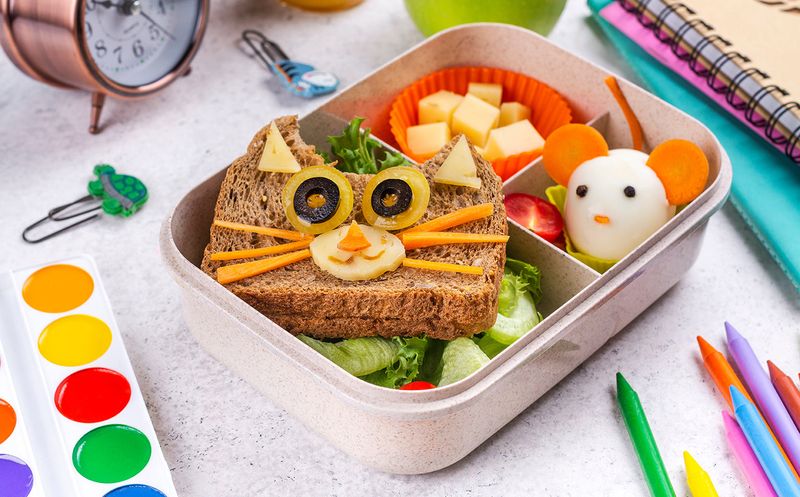
A visually appealing plate can make all the difference for a picky eater. Creative presentations, like fun shapes and colorful arrangements, can entice children to try new foods.
Bento-style layouts with playful themes turn mealtime into an imaginative experience. When food looks fun, it’s more likely to be tasted. This strategy encourages exploration and makes meals feel special. It’s a delightful way to make dinner engaging and to turn skepticism into curiosity.
15. Let Them Say “No”—Sometimes

It’s important to respect a child’s autonomy by sometimes allowing them to decline a dish. Letting them say “no” to certain foods helps reduce resistance over time.
This approach acknowledges their preferences and fosters a sense of trust. By not forcing them to eat everything on their plate, you’re creating a more relaxed mealtime atmosphere. Over time, this respect can lead to a willingness to try new foods, knowing their choices are valued and respected.
16. Avoid Power Struggles

Turning mealtime into a power struggle can backfire, reinforcing negative associations with food. Instead of making clean plates the goal, focus on the experience of eating together. Encourage children to listen to their bodies and eat what they need.
Avoiding ultimatums and pressure fosters a healthy relationship with food. When mealtime is relaxed, children are more open to trying new things without feeling coerced.
17. Normalize Dislikes
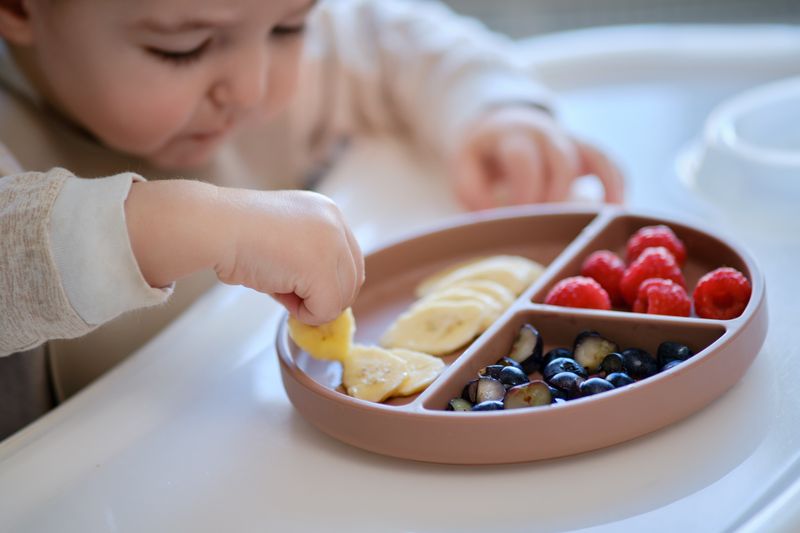
Acknowledging that everyone has dislikes can ease a child’s anxiety about food. Reminding them that even adults don’t love every food reinforces the idea that tastes vary. This understanding fosters empathy and acceptance, making them feel more comfortable.
By normalizing dislikes, you create an environment where it’s okay not to like something while still encouraging them to try.
18. Eat The Same Meal As A Family

Modeling eating behaviors plays a crucial role in a child’s relationship with food. When the whole family eats the same meal, children learn by observation. Seeing parents and siblings enjoy a variety of foods encourages them to follow suit.
This shared experience reinforces unity and makes trying new foods less intimidating. The consistency of everyone eating together provides a sense of normalcy and encourages children to explore their meals.
19. Keep A Calm, Positive Table

Creating a calm and positive mealtime environment is essential for encouraging a healthy relationship with food. When the table is free of stress and negativity, children are more likely to approach their meals with an open mind.
Laughter and lighthearted conversations make dinner enjoyable, reducing anxiety around eating. This positive atmosphere encourages kids to explore new foods without fear of judgment.
20. Celebrate Small Wins

Recognizing and celebrating small victories at the dinner table can boost a child’s confidence. Praising effort, rather than perfection, encourages them to keep trying new foods. Acknowledging when they try something unfamiliar reinforces positive behavior.
This celebration of small wins creates a supportive environment where children feel appreciated for their willingness to explore. It’s about fostering a positive outlook on food exploration, turning each small step into a joyful milestone.

